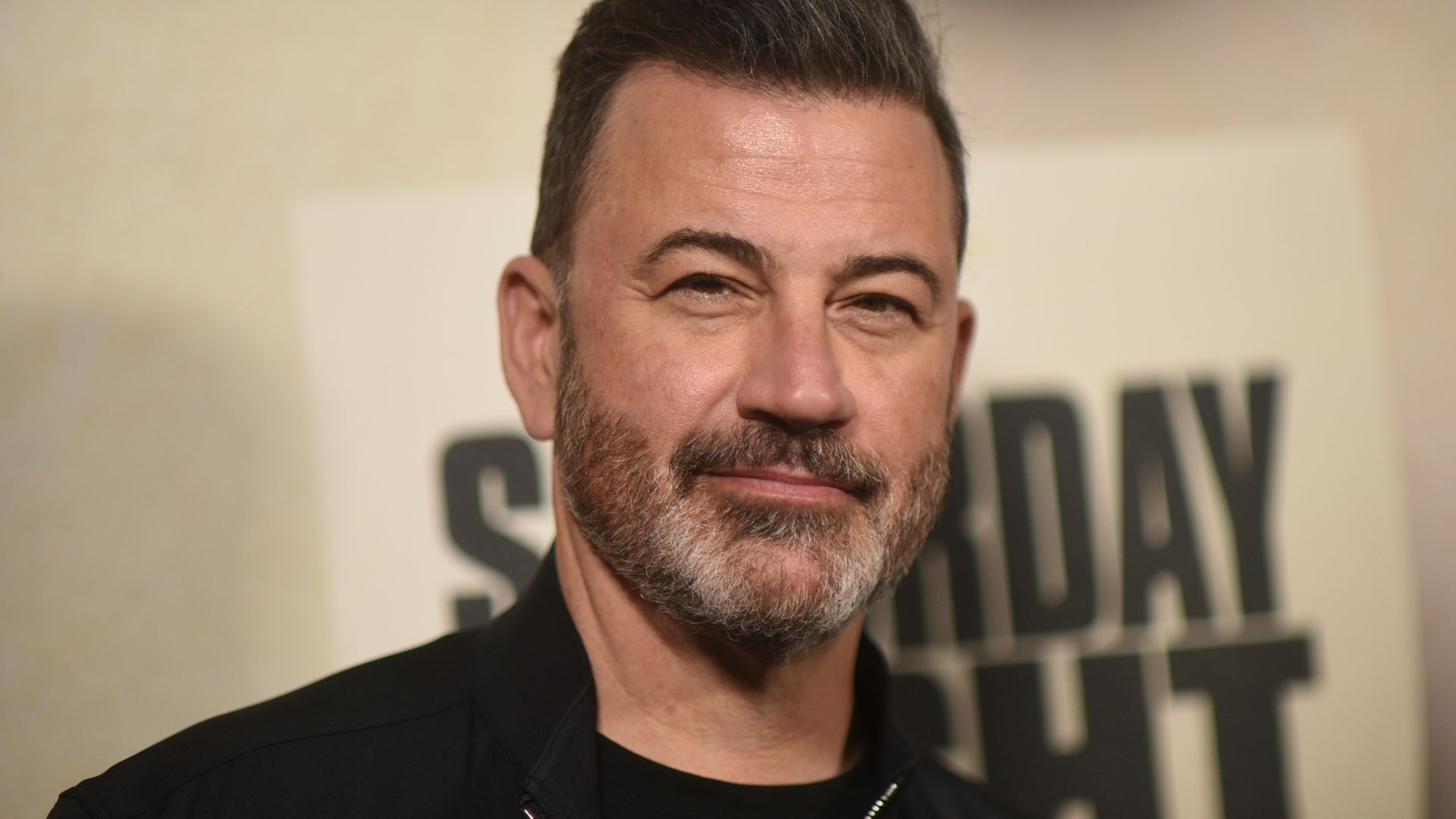The U.S. House Financial Services Committee held a hearing Tuesday morning focused on FTX’s collapse, mere hours after the crypto exchange’s former CEO, Sam Bankman-Fried, was arrested in the Bahamas.
Bankman-Fried was originally scheduled to testify at the hearing, an appearance that was scuttled after he was taken into custody by Bahamian authorities in light of charges from the U.S. Securities and Exchange Commission, the Commodity Futures Trading Commission and the Department of Justice’s Southern District of New York.
John J. Ray III, FTX’s CEO of four weeks, sat as the only witness for the hearing as Bankman-Fried reportedly made an appearance in a Bahamian court for his arraignment.
The four-hour hearing covered a lot of ground and left many questions unanswered, but several parts stood out from Ray’s testimony. Below, we’ve collected points that matter. Given that we presume you couldn’t catch the entire session live, crib off of our notes:
- There aren’t yet exact numbers detailing the extent to which funds were misused, but it’s in “excess of $7 billion.”
- There were 7.6 million accounts on FTX and 2.7 million accounts based in the U.S., but it is unclear how many lost money.
- Over $1 billion in crypto assets have been recovered and secured. The new FTX leadership group has also secured “cash” in its bank accounts. But it will take weeks, if not months, to secure all the assets, he added.
- Ray confirmed customer funds were deposited directly into Alameda Research, as opposed to FTX accounts.
- The operations of FTX group were not segregated from sister company Alameda; they operated as one company. As a result, there’s no distinction, virtually, between the operations of the companies and who controlled those operations.
- When discussing Bankman-Fried receiving a $1 billion loan from Alameda, Ray said, “The loans that were given to Mr. Bankman-Fried were not just one loan, there were numerous loans. … There’s no description of the purpose of what the loan was. In one instance he signed as both the issuer of the loan as well as the recipient of the loan. We have no information at this time for what the purpose or use of those funds were. That’s part of our investigation.”
- The use of FTX capital at Alameda was not incidental or accidental. “The operation of Alameda really depended on the use of customer funds. That’s the major breakdown here. Funds from FTX.com, which was the exchange for non-U.S. citizens, those funds were used at Alameda to make investments and other disbursements,” Ray said.
- Alameda was effectively a customer of FTX.com and Bankman-Fried owned 90% of Alameda, Ray said.
- When asked if FTX had significant risk management systems, Ray said, “There were virtually no internal controls and no separateness whatsoever.” Later in the hearing, Ray disclosed that there was no board overseeing FTX, aside from Bankman-Fried. FTX, once valued at $32 billion, didn’t have an accounting or human resources department. It did, however, have a legal department and employees with compliance titles — but no department for them to call home.
FTX’s new CEO, John Ray, details crypto exchange’s downfall in US House testimony by Jacquelyn Melinek originally published on TechCrunch






